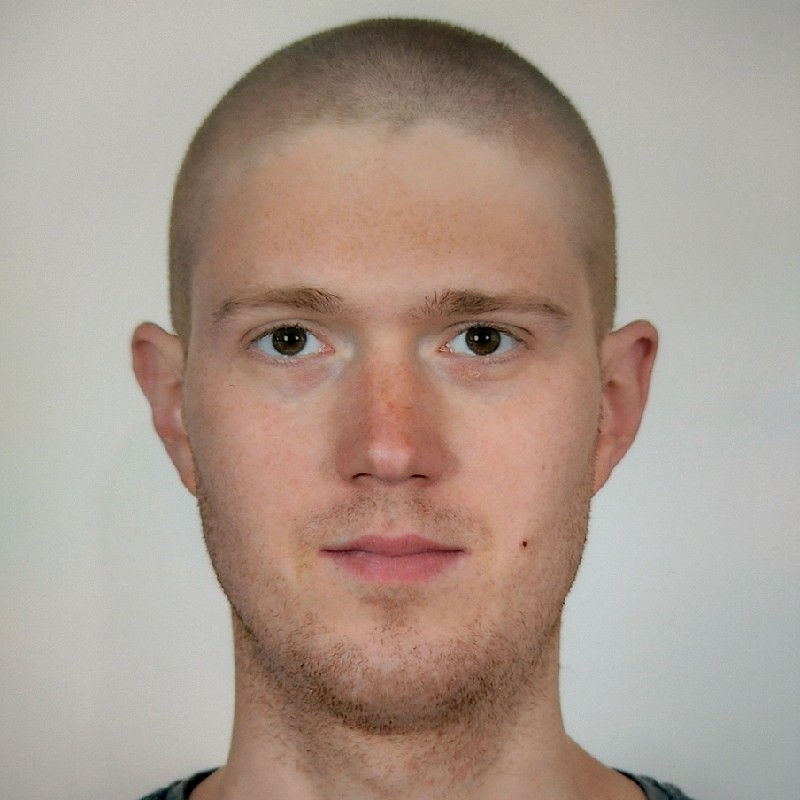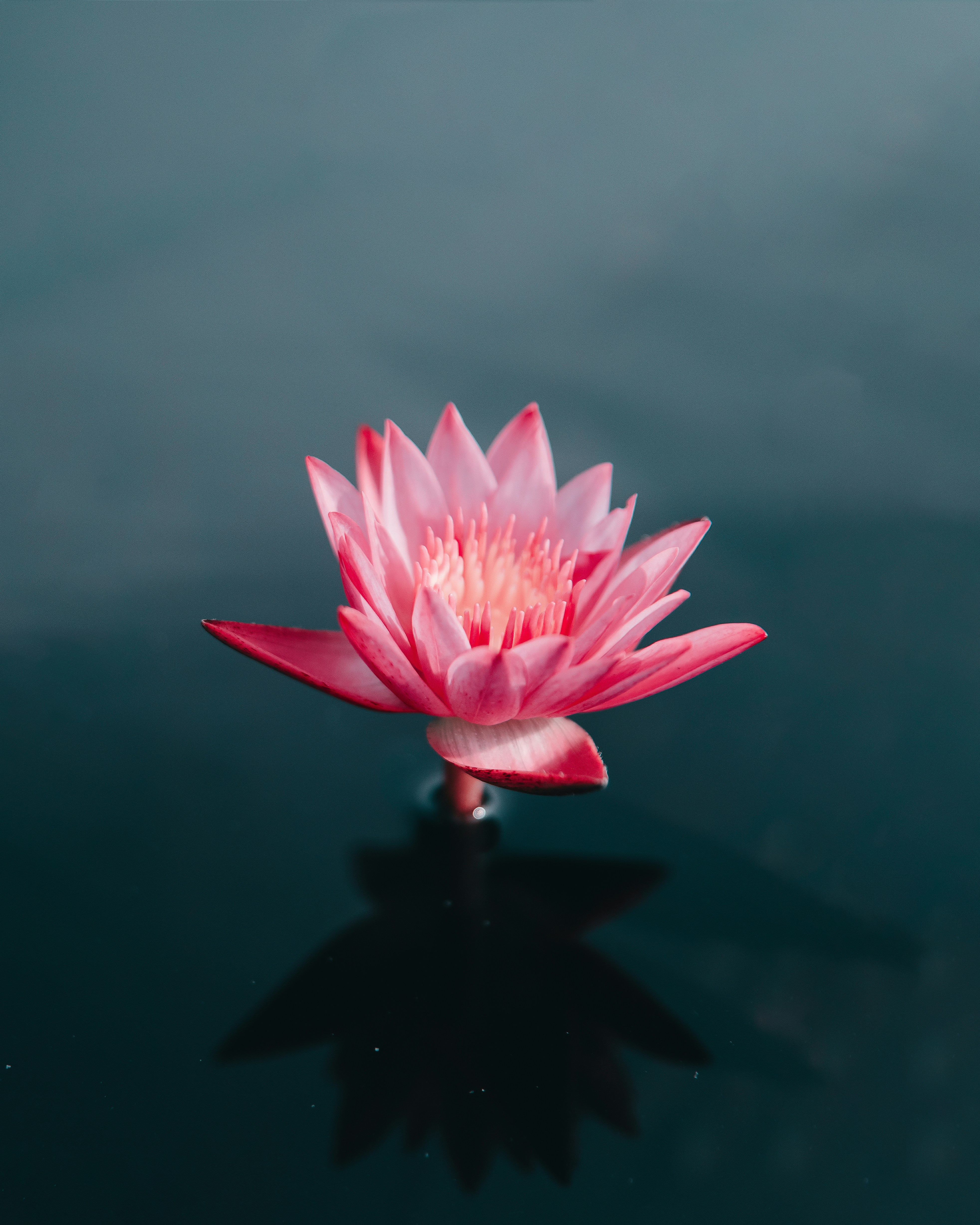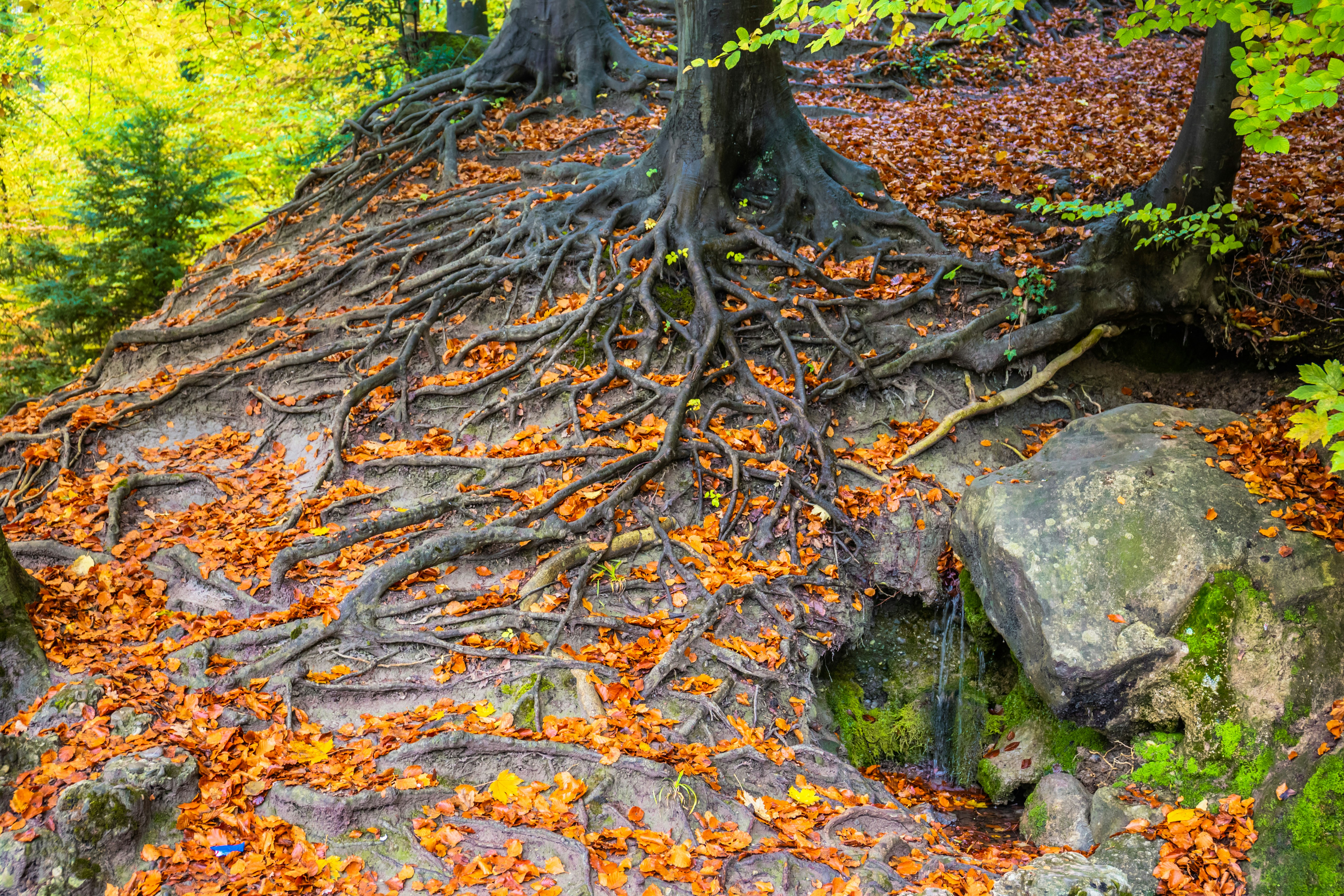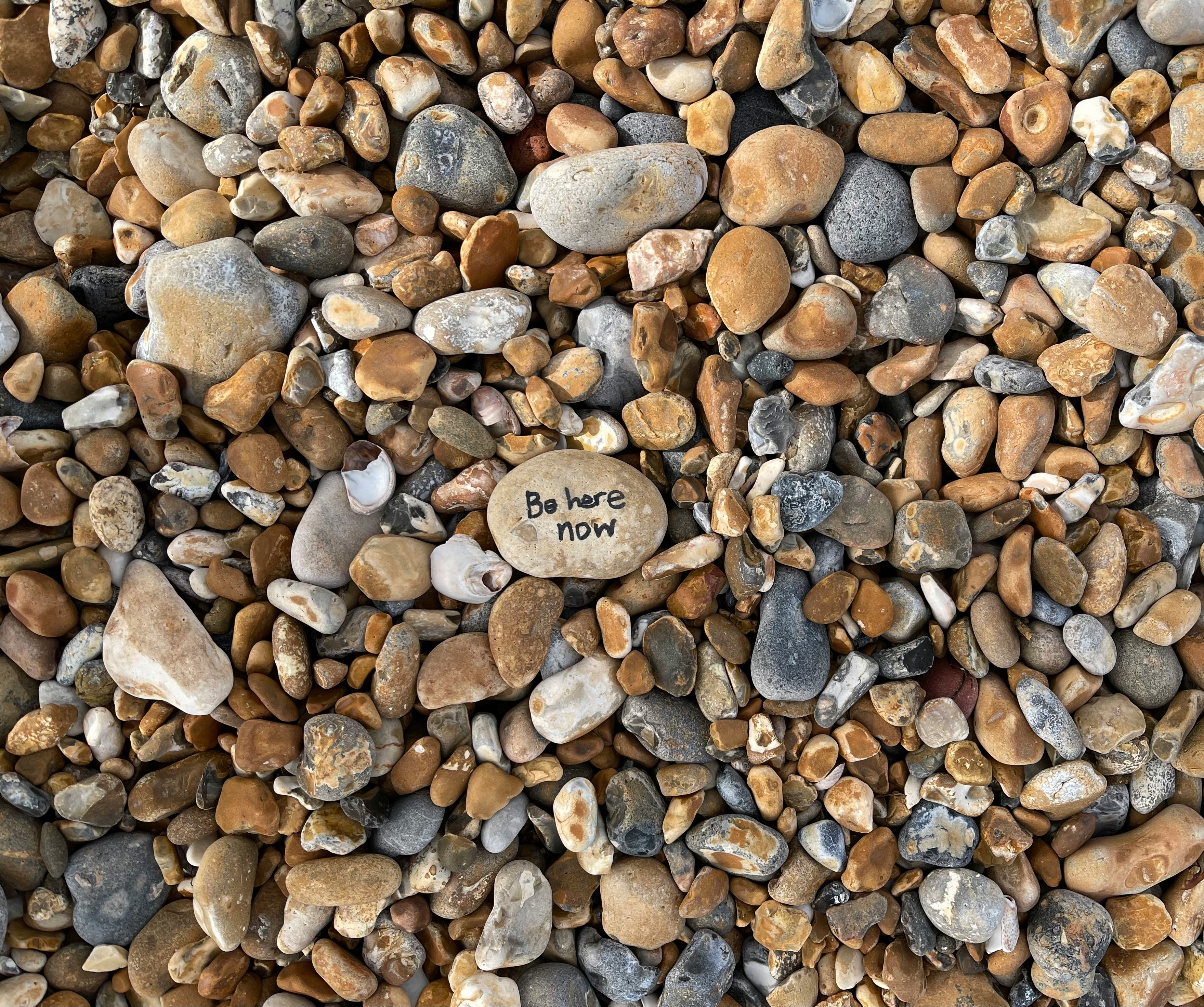
Hello! Welcome!
I am Matija. 🤲🌻
I am the author and owner of this website, which represents me and The Path to Freedom, practice for development of the mind, awareness, virtues and well-being.
I am a licensed psychologist, Gestalt psychotherapy trainee, and a student in a mindfulness trainer program.
I am committed to nurturing an aware, present lifestyle, the practice of meditation, and am part of a Buddhist community of practitioners. Most important note about me is my dedication to embody and manifest directly that which I write, say, and offer.
This private practice is born from my desire to share (and deepen) what I find valuable. My goal is to be of service, support, and help, and of a positive and healthy influence to my environment.
I am glad to have you here! 👐
The Path to Freedom is a practice which has emerged from a desire for a deeper understanding of myself, others, and the world. To cultivate freedom, peace, joy, and compassion. From a lifelong quest to be there and take care of myself, so that I could truly be there for others.
Stanje uma treperi,
Kao lišće na mladoj trski vijori,
Jedan dan je zeleno i čisto,
već drugi visi slabašno, nisko.
Sjeti se pogledati kao deblo,
Mnoštvo lišća s tebe maše,
Ne vidiš im boje, svi su oni - oni,
Stari nove hrane, ti samo ih gledaj.
Za stablo na poljani,
Vjetrovi su neminovni,
Za svaki list na mladom trsu,
Zamaha će brojnih biti.
Jedan list se čvrsto drži,
Prkosi, protivi se sili nijemoj,
Licem prem Suncu širom,
Propeo se iz dna peteljke.
Drugi zaklon traži na svojoj grani,
Oni oko njega, ništa čvršći ni sami,
List je ondje jedan, vidim,
Ne prkosi nit vijuga, ne drži se, ne pada.
Maestral kao buru prima,
Orkanskim se jugom nesputano giba,
Gdjegod pogledam ga, nježno on me uči,
Strpljenje, dragi, budi, i svjedoči.
State of mind, Matija

Beginnings of the Path
The desire presented above has been my core guiding principle for all of my life.
I found it in the back of my mind with just a few years of age, always with a different color and sound, it has emerged near the surface of my consciousness. It took on a fuller form when I enrolled in my psychology studies.
During and much more after my studies, my core guiding thread had remained the same, but grown much thicker and stronger. Trying to understand my own experience – to truly turn inward, instead of dwelling in the fog and blindly reaching outward. To enter into as direct and deep contact as possible with myself, subsequently with others.
Still, this thread grew gradually and after college it tried to sprout, but time and conditions were not favorable - neither internal, not external.
Professionally, I thus ended in a different direction. Worked on several shorter jobs, with lots of challenges, mistakes, learning, getting a lot out of each one. My work experience is mainly in the field of recruitment, i.e. finding, evaluating and acquiring talent / candidates for vacant job opportunities.
I tried to fulfill my aspiration in other ways during this time - examining my own experience, attending educations and courses, studying, volunteering...
Continuous reading, educating, studying and investigating started ever increasingly translating in direct reflecting upon my personal experience, circumstances and events - my own "human situation".
Encountering various seeds along the way, many did not take root, some left only but a sprout. However, at certain moments, one would fall which would immediately take to the soil, absorb from it and take root in it. It sprouts in the blink of an eye, developing ever steadier and steadier.
All of the seeds have already been there. They were just waiting to be warmed by the Sun, receive the right weather, their proper nutrition.
The ground of my approach
First and foremost, continued personal practice of awareness, presence & meditation. During the last several years much of my time and attention have been focused in nurturing such a state of being, with a strive for constant discovery, deepening and understanding of myself and all that surrounds me.
My path entails rises and falls, remains never the same, and I believe I am nowhere near its end - if there even is such a thing. I believe that best I can do it keep persisting and opening up for experiencing as fully as possible all that comes my way, whatever it is.
This is the ground which I constantly nourish so the roots in it would be healthy and strong. Only on such roots can a plant of the same kind rise up, steadfast, and be available to others with its flower, fruit and scent.
Find more on my practice and education below.
Main roots and their interconnection

Mindfulness
Here stand out personal practice and way of life. This is the first root, the most practical one.
I have finished an 8-week MBCT--L course (Mindfulness Based Cognitive Therapy-Life) which is a Mindfulness-based approach in the domain of contemporary Cognitive-Behavioral Therapy.
I am currently finishing a one-year, higher-level educational course of MBCT-L which aims at enabling us for psychoeducational work as mindfulness trainers per MBCT-L program.
I am close to some other elements of cognitive behavioral therapy, mostly those from the third wave of CBT such as Acceptance and Commitment Therapy - ACT and other Mindfulness-based approaches.

Gestalt psychotherapy
I am currently in my second year of Gestalt psychotherapy education.
According to the four-year program, after second year of education, individual counseling practice under supervision becomes a mandatory part of my education.
With that in mind, I am currently not doing Gestalt therapy. My practice is naturally very closely related to many elements of Gestalt approach, as well as through close ties of Gestalt, Buddhism and mindfulness. I go by the same principles and approaches to work, which are still under development. It is undoubtedly one of three roots my work, but I am not yet a Gestalt therapist.

Buddhism
Buddhist teachings and practice are the third major root of my approach.
Buddhism relates to philosophy and psychology, not to a religion, which it is not in the first place in the usual meaning of that word.
All that we do here is completely non-religious. It is incluse regardless of your faith or worldview. It bridges the spiritual and scientific, supporting both sides.
Personal experience and precious knowledge and experience transmitted by those much wiser and more skillful than me represent the most important part of my approach. Of that which is "me".
Buddhism is a vast field. At the very basic level of distinction it branches into three main schools: Theravada, Mahayana and Vajrayana, each with different interpretations and practical applications of the original teachings.
Most application in personal experience I have found in core teachings of Buddhist psychology and philosophy, and methods and practices of Chan / Zen Buddhism. I am familiar to an extent with Theravada and Mahayana traditions, while Vajrayana is not a subject of my practice or exploration.
In a way, everything that needed to be said has been said in The Four Noble Truths, The Noble Eightfold Path, Interdependent Co-arising (paṭiccasamuppāda), and related teachings.
Constantly putting these teachings into practice, towards direct realization in the here and now, is what remains.
The relationship between Buddhism, Gestalt therapy and Mindfulness

Buddhism, Gestalt and Mindfulness are deeply interconnected.
- Buddhism is the oldest and most preceding out of these three elements
- Gestalt is like an extension of Buddhist practice, from what faces inwards to being turned outwards in relation with another human being and their "inward"
- Mindfulness is one of the core elements on the Buddhist path of awakening, a key skill that is developed
- Gestalt is an approach to psychotherapy which has developed during the 20th century in Europe
- It is influenced notably by Zen Buddhism (as well as various other spiritual and philosophical traditions). We are focused on the here-and-now, on the direct experience, beginner's mind, non-discrimination
- The main and shared goal of Gestalt and Mindfulness approaches is increasing awareness
- Mindfulness approaches to psychotherapy and overall life well-being have been developing rapidly in the last 50 or so years in science-based circles in the West
- They are a direct fruition of Buddhism teaching and practice, applied in a different context, a different manner, and integrating new elements
- They are exceptionally close to Gestalt in application, although sometimes through a different framework
Buddhism, Gestalt and Mindfulness are three parallel ways which lead in the same direction. To a great extent they are one and the same way – the way of increasing awareness, contact with ourselves, others and the world, and realization of insight so we can be in the world in a more wholesome, wise and content manner. So that we can, through a nourished mind, broadened and deepened awareness, leave behind us virtues and well-being.
Some valuable sources about the link between Gestalt therapy and Buddhist psychology. This field is still quite new, innovative, and represents a narrow niche in psychotherapy world:
Buddhist Psychology and Gestalt Therapy Integrated..
In a nutshell
- Buddhism, Gestalt and Mindfulness:
- Foundations of my approach to practice
- Are more like three very close paths to a common goal, rather than three separate dimensions
- My practice is:
- Mindful and attentive presence in relationship with you
- Focused on your lived experience and situation in your conditions and circumstances
- Counseling in regard to your experiences, challenges, difficulties, subjects of interest...
- Teaching, practice and co-journeying in developing the skills of awareness, techniques and methods of meditation
- Providing time and space for opening up, trying out, exploring, facing, being with what is...
- In a secure environment

